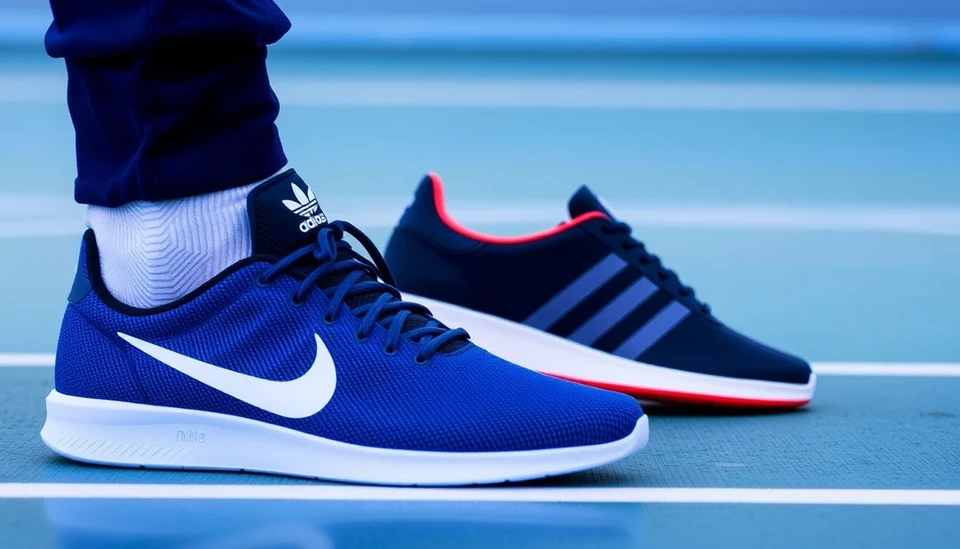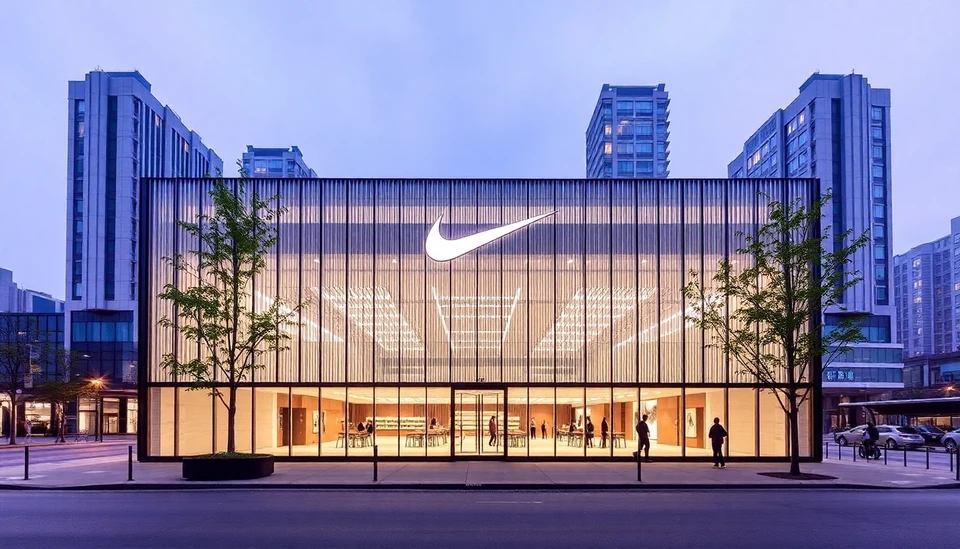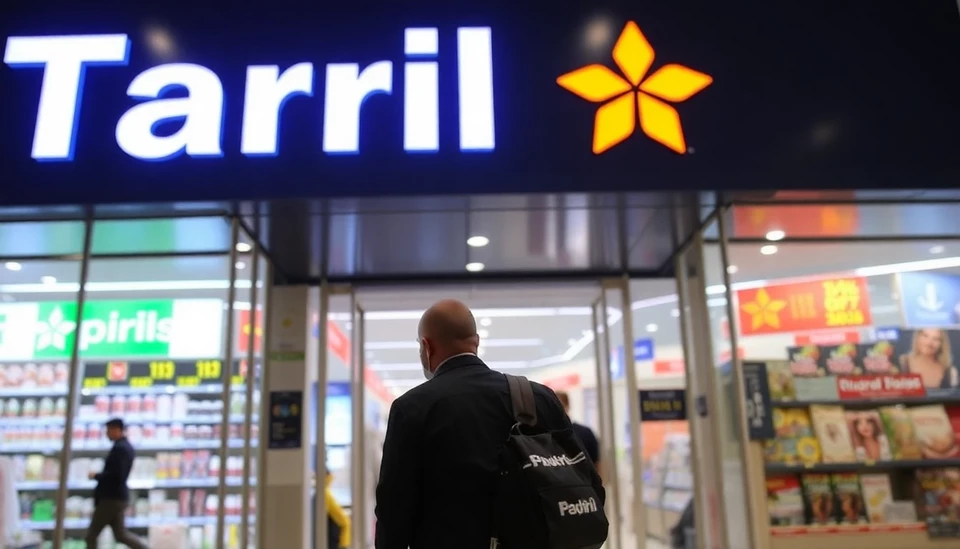
In a significant development concerning the retail and footwear industries, the recent implementation of tariffs on a variety of imported goods is poised to increase the prices of athletic footwear brands such as Nike and Adidas. This financial shift comes as the U.S. government seeks to exert greater control over international trade, particularly from countries identified as unfair trade partners.
The new tariffs, enacted during a period of heightened scrutiny over trade agreements, are set to affect a wide range of goods, with the footwear sector being notably impacted. Nike and Adidas, two leading companies in the athletic apparel market, rely heavily on overseas manufacturing, particularly in Asia. As these companies grapple with the repercussions of the tariffs, they are left with limited options: absorb the additional costs, which could impact their profit margins, or pass the costs onto consumers through increased retail prices.
Consumer reactions to these impending price hikes are varied. Many shoppers might find themselves reevaluating their purchasing decisions as the overall cost of these popular brands rises. The potential to see sneaker prices soar complicates the landscape for sportswear retailers, who may need to adjust their pricing strategies to maintain sales volumes amidst changing economic conditions.
Economists predict that this trend of rising prices could have broader implications for consumer spending habits, particularly in the footwear market, which has been characterized by strong demand over the last few years. The increase in prices may deter budget-conscious consumers, thereby influencing overall sales figures and market dynamics.
Moreover, up-and-coming brands vying for market share may see this as an opportunity to capitalize on consumers seeking more affordable alternatives. As the competitive landscape shifts, it will be interesting to observe how established brands like Nike and Adidas strategize in order to retain their loyal customer bases while facing these newfound challenges.
As retailers brace for a changed economic scenario due to tariffs, it remains to be seen how this will ultimately unfold. Will major brands adapt effectively to avoid losing customers? Or will smaller brands seize the moment to attract consumers who are now wary of shelling out more for their favorite shoes? All these questions paint a complex picture for the future of athletic footwear pricing.
In summary, the recent tariff measures present significant challenges for leading footwear brands and echo the complexities of global trade dynamics. As companies navigate this new reality, consumers may find themselves at a crossroads in their buying choices with potential price hikes looming on the horizon.
#Nike #Adidas #Tariffs #FootwearIndustry #ConsumerPrices #AthleticWear #RetailTrends
Author: Samuel Brooks




